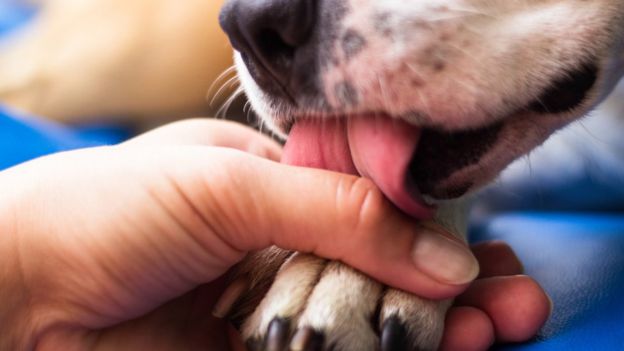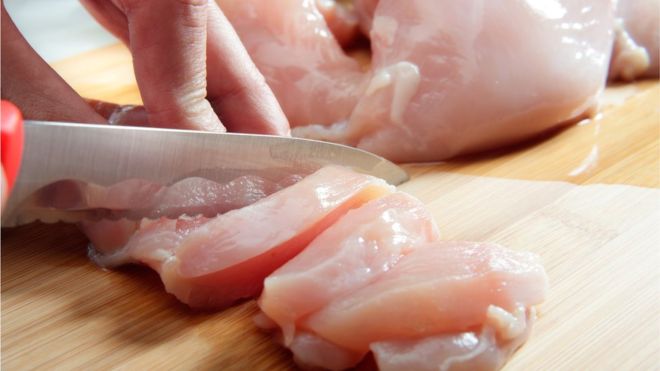Washing hands, cloths and surfaces at the right time is the key to good hygiene - but one in four people think it is not important, it warns.
Getting it right can reduce infections and antibiotic resistance.
And there is no such thing as being "too clean".
According to the RSPH report, there is confusion among the public about the difference between dirt, germs, cleanliness and hygiene.
In a survey of 2,000 people, 23% thought children needed to be exposed to harmful germs to build up their immune systems.
But experts behind the report said this was "a potentially harmful belief" which could lead to exposure to some dangerous infections.
Instead, they said people should concentrate on cleaning specific places at specific times, even if they look clean, to stop "bad" microbes spreading.
What are the hot spots for hygiene?
-preparing and handling food
- eating with fingers
- after using the toilet
- when people are coughing, sneezing and blowing their nose
- handling and washing "dirty" household cloths and clothing
- caring for pets
- handling and taking out the rubbish
- caring for a family member with an infection

Cleaning of hands is particularly important after handling food, using the toilet, coughing, sneezing, handling pets and caring for those who are sick, the report says.
Cleaning kitchen surfaces and chopping boards is vital after preparing raw foods such as meat and poultry, or before preparing food such as sandwiches and snacks.
And cleaning dishcloths and scrubbing brushes is recommended after they have been used to clean a contaminated surface.
Floors and furniture may look dirty, but they usually contain microbes which are not much of a health risk.
How does cleaning remove bacteria?
Washing surfaces and utensils with warm, soapy water removes the bacteria, allowing it to be washed down the drain.
But to kill the bacteria completely, scalding water over 70C, is needed - and for some time, the Food Standards Agency says.
What products to use?
Most fall into three categories, which each do something different.
- detergents - clean the surface and remove grease, but they do not kill bacteria.
- disinfectants - kill bacteria but do not work effectively on a surface covered in grease or visible dirt.
- sanitisers - can be used to both clean and disinfect. First use the sanitiser to clean the surface, removing any dirt, food and grease then apply to the clean surface to disinfect
It is important to read the instructions carefully, experts say.
Instead of using a cloth to clean surfaces after food preparation, try using paper towels instead.
This saves the kitchen cloth from becoming contaminated.

What do experts say?
Prof Sally Bloomfield, from the London School of Hygiene and Tropical Medicine, said the public should know the difference between hygiene and cleanliness.
"Whereas cleaning means removing dirt and microbes, hygiene means cleaning in the places and times that matter - in the right way - to break the chain of infection whilst preparing food, using the toilet, caring for pets etc."
Prof Lisa Ackerley, food hygiene expert and trustee at Royal Society for Public Health, said: "Getting outdoors and playing with friends, family and pets is great for exposure to 'good bacteria' and building a healthy microbiome, but it's also crucial that the public don't get the wrong end of the stick. This doesn't need to get in the way of good hygiene.
"Targeted hygiene undertaken at the crucial times and places is a way of preventing infection that is cheap on time and low effort, and still exposes you to all the 'good bacteria' your body benefits from."
She added: "Good hygiene in the home and everyday life helps to reduce infections, is vitally important to protecting our children and reducing pressure on the NHS, and has a huge role to play in the battle against antibiotic resistance."
More about: bacteria antibiotics
















































